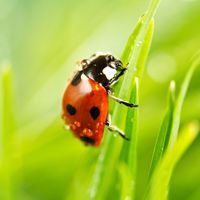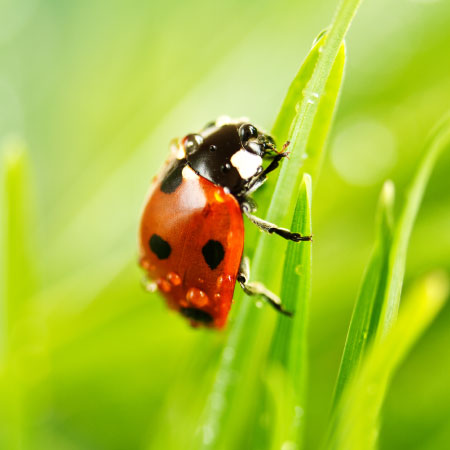Apricot Fruit Drop: Causes And Treatment For Apricot Fruit Falling Off


Finally, you have that orchard that you've always wished for, or maybe you just needed one apricot tree to make your dreams a reality. Either way, if it's your first year growing fruit trees, there is something you need to know about: fruit drop. Fruit drop on apricot trees is a common occurrence, although when it happens it may seem like your plant is suddenly very sick or dying. Don't panic; read on to learn about apricot fruit drop.
Why Apricot Fruits Fall from Tree
Apricot fruit falling off your tree happens because most trees produce significantly more flowers than they need. The odds are that these flowers won't all be successfully pollinated, so the extras are like insurance for the apricot. In a residential setting where conditions are easier to control, these extra flowers are regularly pollinated and too many fruits set. The stress of so many fruits causes apricot trees to shed fruits -- sometimes twice! The main shed comes in June, when small, immature apricot fruits fall from tree, allowing the remaining fruit more space to grow.
Managing Apricot Fruit Drop
As with peach thinning, you can hand-thin fruits to prevent them from falling off apricot trees unpredictably. You'll need a ladder, a bucket, and some patience ; it can be time consuming, but hand-thinning is a lot easier than trying to clean up the mess after a fruit shed. Remove maturing apricots from branches, leaving 2 to 4 inches (5-10 cm.) between remaining fruits. This may feel like dramatic thinning, but the fruits that result will be larger and fleshier than they would have been if they were left alone.
Apricot Scab
Although fruit drop is a yearly event for most apricot trees, apricot scab, which also affects peaches, can also cause fruits to drop. This apricot disease leaves fruits covered in tiny, olive-green spots measuring 1/16 to 1/8 inch (0.15-0.30 cm.) long. As the fruit expands, the spots do too, eventually merging into dark blotches. These fruits may crack open and drop prematurely. Fruits that ripen fully are often only superficially damaged. Good sanitation, including complete harvest of all fruits and clean-up around the base of the tree during and after fruit ripening, can help destroy the organism. A broad-spectrum fungicide like neem oil can destroy the fungus if applied after harvest and again when buds set in the spring.
Sign up for the Gardening Know How newsletter today and receive a free copy of our e-book "How to Grow Delicious Tomatoes".

Kristi Waterworth was a regular contributor to Gardening Know How for many years, answering countless queries on plant pests and diseases.